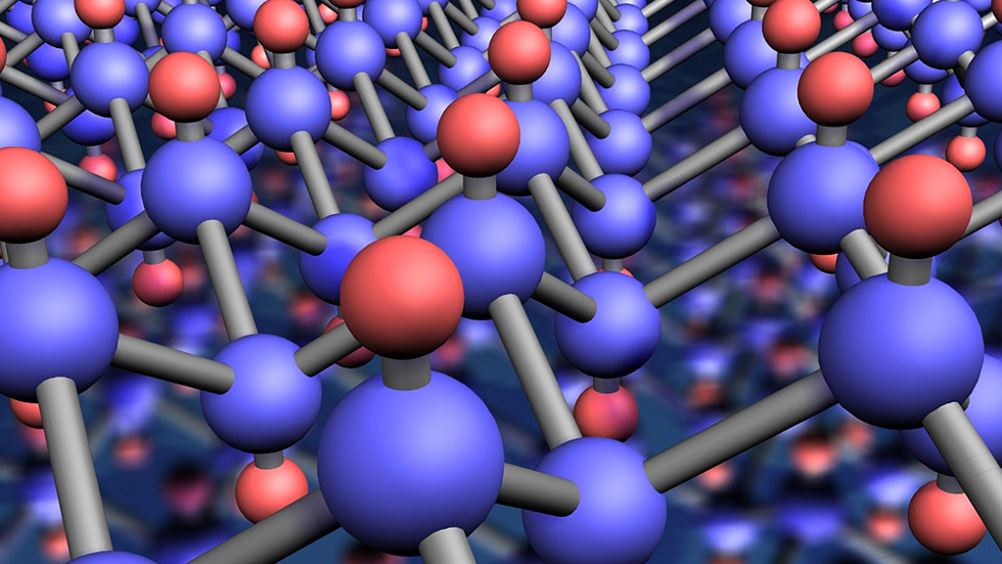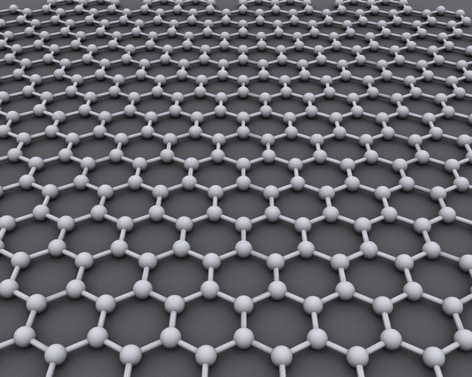New method improves industrial viability of graphene production
A research team has developed an economical and industrially viable method of graphene production that uses 50 times less solvent than conventional methods.


The new technique, developed by a team led by researchers at the National University of Singapore (NUS), is claimed to address the long-standing challenge of efficiently processing graphene on a large-scale. It also paves the way for sustainable synthesis of the material.
The conventional method of graphene production utilises sound energy or shearing forces to exfoliate graphene layers from graphite, and then dispersing the layers in large amounts of organic solvent.
As insufficient solvent causes the graphene layers to reattach themselves back into graphite, yielding one kilogram of graphene currently requires at least one tonne of organic solvent, making the method costly and environmentally unfriendly.
The NUS-led development is claimed to use up to 50 times less solvent. This is achieved by exfoliating pre-treated graphite under a highly alkaline condition to trigger flocculation, a process in which the graphene layers continuously cluster together to form graphene slurry without having to increase the volume of solvent. The method also introduces electrostatic repulsive forces between the graphene layers and prevents them from reattaching themselves.
Register now to continue reading
Thanks for visiting The Engineer. You’ve now reached your monthly limit of news stories. Register for free to unlock unlimited access to all of our news coverage, as well as premium content including opinion, in-depth features and special reports.
Benefits of registering
-
In-depth insights and coverage of key emerging trends
-
Unrestricted access to special reports throughout the year
-
Daily technology news delivered straight to your inbox










INWED Engineering Profile: Naval Architect Ellie Driver
Not a woman I´d want to cross … oh, that was Elle Driver